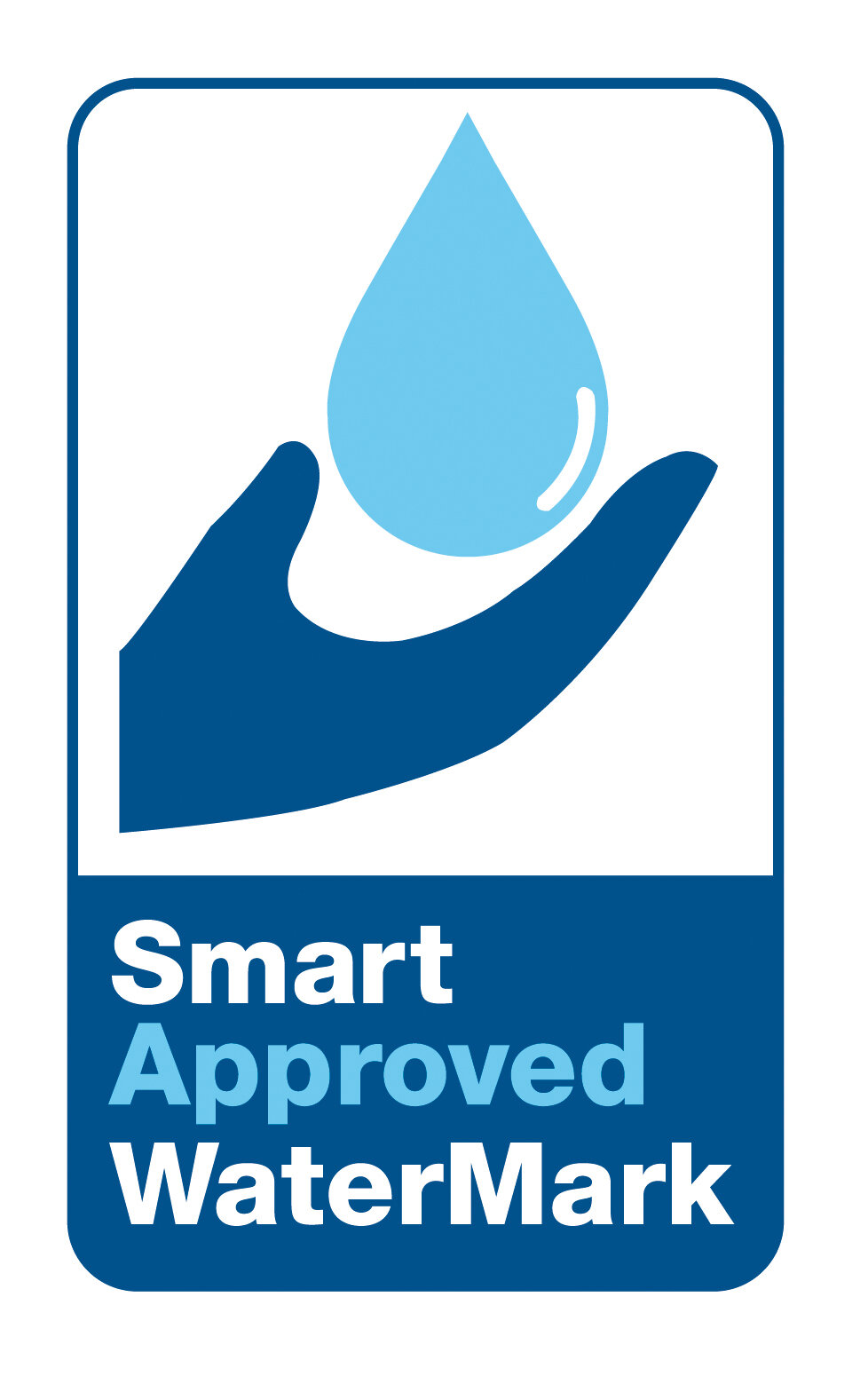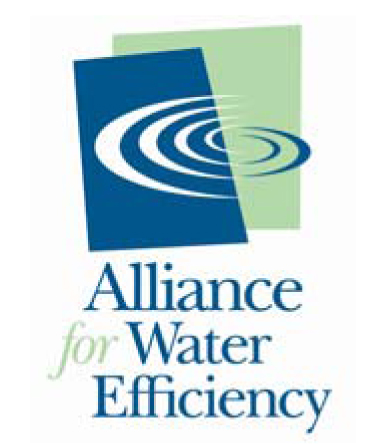July 30, 2020 – Vista, CA - According to Nestlord, a product review service affiliated with Amazon.com, the best no-water urinal for 2020 is the "Baja" from Waterless Co. Inc.
The review states that among the reasons the Baja was selected was because the cartridges used with the Baja only need to be "replaced two to four times in a year" and only cost $10.
This is far less expensive than the cartridges used, for instance, in other water-free urinals. Plus, cartridges used in competing no-water urinals often need to be changed six or more times per year.
Atlanta Falcons Mercedes-Benz Stadium
Among the other benefits pointed out in the review are the following:
· The Baja is ADA (Americans with Disabilities Act) compliant
· The Baja comes with two EcoTrap cartridges, considered the best in the industry.
· BlueSeal liquid is used in these cartridges, which prevents odors from being released.
· The Baja is also "easy to install and connects directly with two-inch standard drain lines," allowing it to be installed in almost all facilities.
"Of course, we are very proud of the Baja," says Klaus Reichardt, CEO, and Founder of Waterless Co.
"It has been our bestselling no-water urinal for years. We are also grateful it was honored as 'The Best Waterless Urinal of 2020.'"
About Waterless
Waterless Co. Inc. has established a well-respected reputation as being an innovative manufacturer of no-water urinal systems. Based in Vista, Ca, the company was started in 1991 and is the oldest manufacturer of waterless urinals in North America. The company’ manufacturers a full line of Waterless No-Flush urinals, cleaning liquids, and cost saving restroom accessories. For more info, email us at info@waterless.com or visit: www.waterless.com















